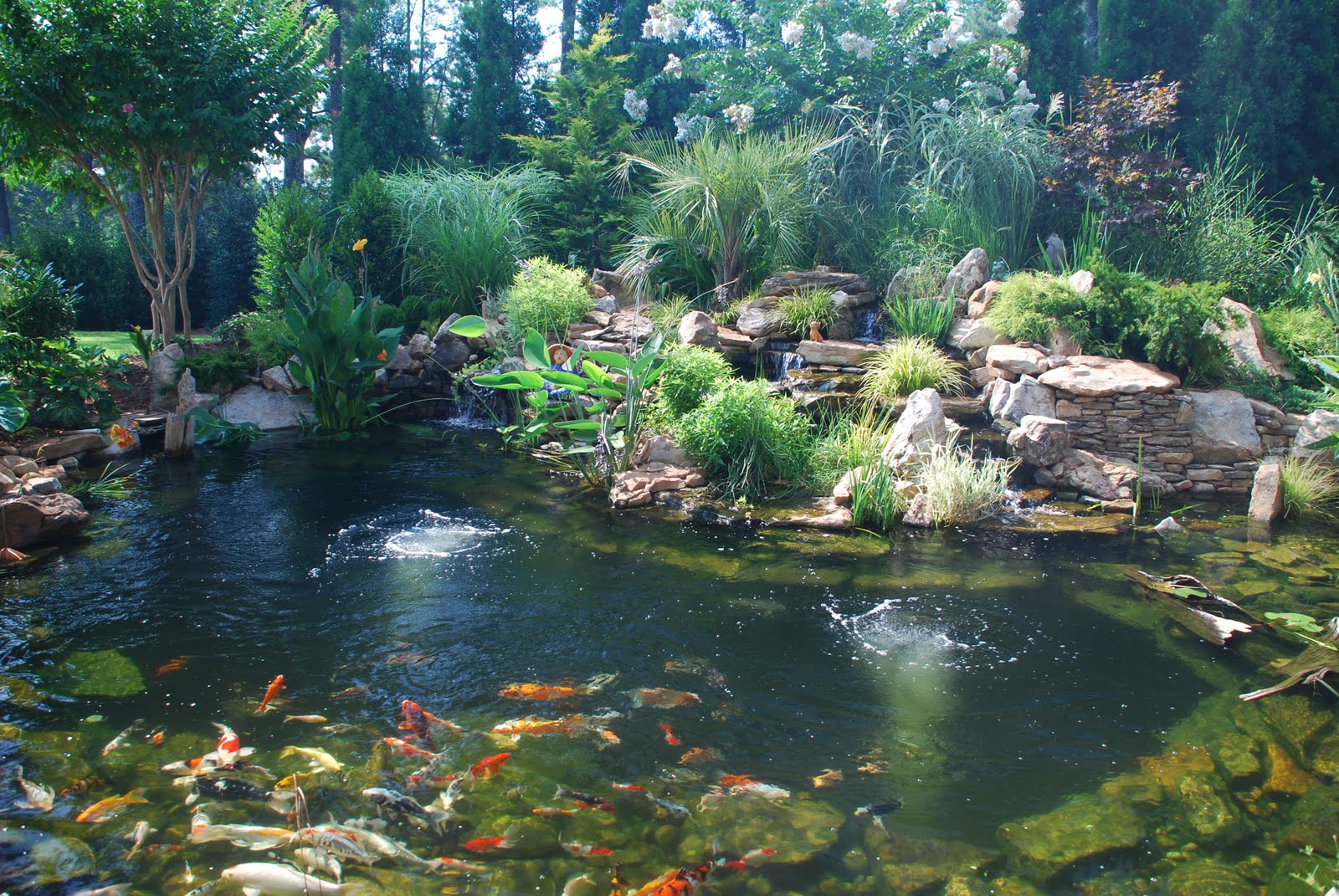
The Ultimate Guide to Creating and Maintaining a Koi Pond: WikiHow Koi Pond
Building and Maintaining Your Own Koi Pond
Koi ponds are a wonderful addition to any backyard or garden. They add a sense of peace and tranquility to your outdoor space and provide an opportunity to enjoy the beauty and grace of these stunning fish. However, creating and maintaining a koi pond requires time, effort, and dedication. In this article, we will explore the step-by-step process of building and maintaining a koi pond, as well as some helpful tips and tricks to ensure that your pond is healthy and thriving for years to come.
Step 1: Plan and Design Your Koi Pond
The first step in building a koi pond is to plan and design your ideal pond. Consider the size and shape of the pond, the location in your yard, and the type of filtration system you will use. While a larger pond may be more expensive, it can provide more space for your fish to swim in and a larger filtration system to keep the pond clean.
When choosing a location, make sure that the pond is not too close to trees or other plants, which can drop leaves and debris into the water. The pond should also be located in an area that receives some shade but is not too shady, as too much sunlight can cause algae to grow in the pond.
Step 2: Dig the Hole and Install the Pond Liner
Once you have designed your koi pond, it is time to dig the hole and install the pond liner. Make sure that the hole is the correct size and shape for your pond and that it is level and free of sharp objects that could puncture the liner.

The pond liner should be of high quality and durable, such as EPDM rubber or PVC. It should be large enough to cover the entire bottom of the pond with a few inches to spare on the edges. Once you have installed the liner, fill the pond with water and let it settle for a few days before adding any fish or plants.
Step 3: Install the Filtration System
A proper filtration system is essential to maintain the health and longevity of your koi pond. There are three main types of filtration systems: mechanical, biological, and chemical. Mechanical filtration removes debris and sediment from the pond, while biological filtration uses bacteria to break down harmful toxins and waste. Chemical filtration uses activated carbon to remove any remaining impurities in the water.

When installing your filtration system, make sure to follow the manufacturer’s instructions carefully. The system should be properly sized for your pond and should be installed close to the pond to ensure efficient filtration. You should also regularly check and clean the filters to ensure that they are working properly.
Step 4: Add Koi and Plants to Your Pond
Once your pond is up and running, it is time to add koi and plants to your pond. Koi are beautiful and vibrant fish that come in a variety of colors and patterns. They are also hardy and can live for many years in a properly maintained pond.
When selecting koi for your pond, choose healthy and active fish with bright colors and smooth skin. Make sure that you do not overcrowd your pond and that the fish have enough room to swim and grow.

Plants are also an important addition to your pond, as they provide oxygen and natural filtration. Choose plants that are well-suited for water environments, such as water lilies, lotus, and water hyacinths. Not only do these plants add beauty to your pond, but they also keep the water clean and healthy for your fish.
Step 5: Maintain Your Koi Pond
Proper maintenance is crucial to ensure the health and longevity of your koi pond. You should regularly test the water quality and pH levels, and make any adjustments as needed. You should also perform regular water changes to remove any accumulated waste and debris.

In addition, you should regularly clean and maintain your filtration system, including replacing filter media and cleaning the pump. You should also trim any plants that have become overgrown and remove any debris, such as leaves or branches, from the water’s surface.
Conclusion
Creating and maintaining a koi pond requires time, effort, and dedication, but the end result is a beautiful and tranquil outdoor space that you can enjoy for years to come. By following these steps and regularly maintaining your pond, you can ensure that your koi thrive in a healthy and vibrant environment.